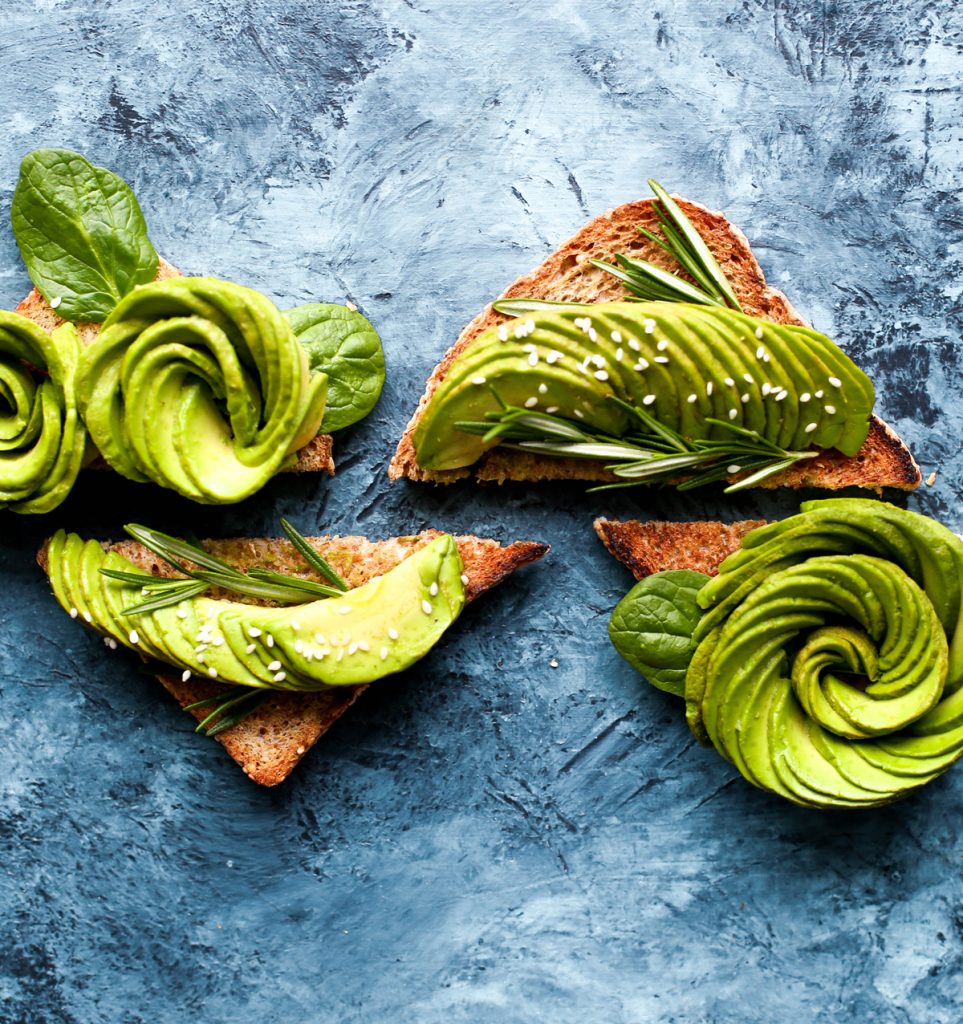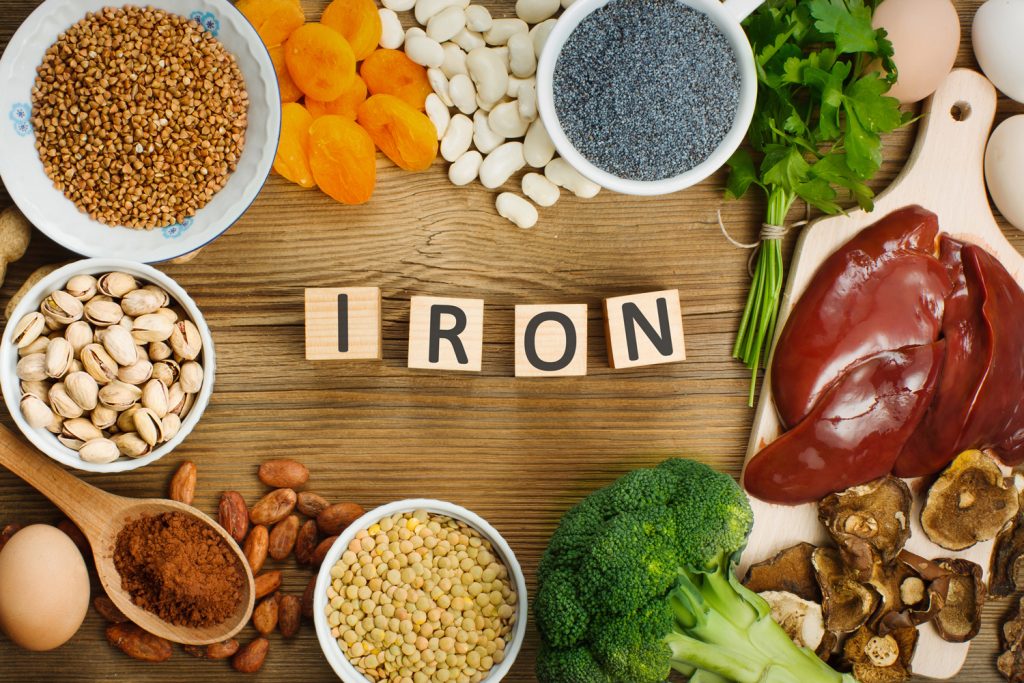 Humans are living longer than ever, and we’re suffering from fewer of the ailments that plagued generations before us. Some of this has to do with modern healthcare, but we owe most of our increased longevity to smarter diets, where better options are available and taken advantage of through “mindful eating.”
Humans are living longer than ever, and we’re suffering from fewer of the ailments that plagued generations before us. Some of this has to do with modern healthcare, but we owe most of our increased longevity to smarter diets, where better options are available and taken advantage of through “mindful eating.”
It’s not just that we have access to a wider variety of food (although that helps). It’s also because food manufacturers can fortify existing foods with more nutrients. Fortification has been a game-changer for public health. Learn about the many advantages of fortified foods below.
What Are Fortified Foods?
You’ve probably heard of various calcium-fortified foods, especially in the dairy aisle — but there’s so much more behind food fortification. It’s a complex process that happens behind the scenes. Essentially, food manufacturers can add vitamins and minerals that are lacking in our everyday diets.
The Benefits of Fortified Foods
We’re inundated with specialty foods that cater to virtually every diet imaginable. Fortified foods cover a broader range of consumers because they are more than niche — they are, in some cases, necessary. Regulatory bodies around the world work to identify dietary deficiencies in various populations. It can be because a region lacks the ability to grow certain crops, or maybe the soil quality is poor. It can even be because a region has less exposure to natural sunlight. As such, they rely on food manufacturers to help fill those gaps through food fortification.
Common Examples
 Vitamin-D fortified foods are the most well-known. As people remain indoors more and more, they don’t receive enough natural sunlight to produce vitamin D for themselves. You’ll also find foods fortified with iron, which is important for pregnant women or people who are generally anemic.
Vitamin-D fortified foods are the most well-known. As people remain indoors more and more, they don’t receive enough natural sunlight to produce vitamin D for themselves. You’ll also find foods fortified with iron, which is important for pregnant women or people who are generally anemic.
More recently, food fortifications have moved past standard vitamins and minerals. Protein is the hottest trend with no signs of slowing down. Other examples of newer functional food additive trends include fiber, probiotics, sprouted grains, and botanicals as they show up in snacks, drinks, functional water, and more.
Click here to read more about protein trends.
Is It Safe?
Yes. Food manufacturing is one of the most highly regulated industries. Of course, that doesn’t prevent misconceptions. One of the most common is that fortified foods can lead to products that exceed toxicity levels of a given ingredient. In fact, all ingredients are subject to rigorous review, and regulations keep ingredient levels well below anything regarded as toxic.
In the United States, food manufacturers work hard to produce safe, high-quality foods, and our industry aims to be transparent about the ingredients we use. As a result, the benefits of fortification far outweigh any perceived risk.
Why PacMoore?
PacMoore has long been an industry go-to when it comes to specialty foods. We cater to dietary restrictions of all kinds, and our food fortification services are top-of-the-line. We work closely with your team to ensure we meet all specifications and exceed expectations for quality.
If you’re interested in learning more about the fortification process, or if you would like to hear more about how we can partner with you, contact PacMoore today.
Share this on Facebook, Twitter, LinkedIn, Google Plus, or email to a friend.
Click below to share:




